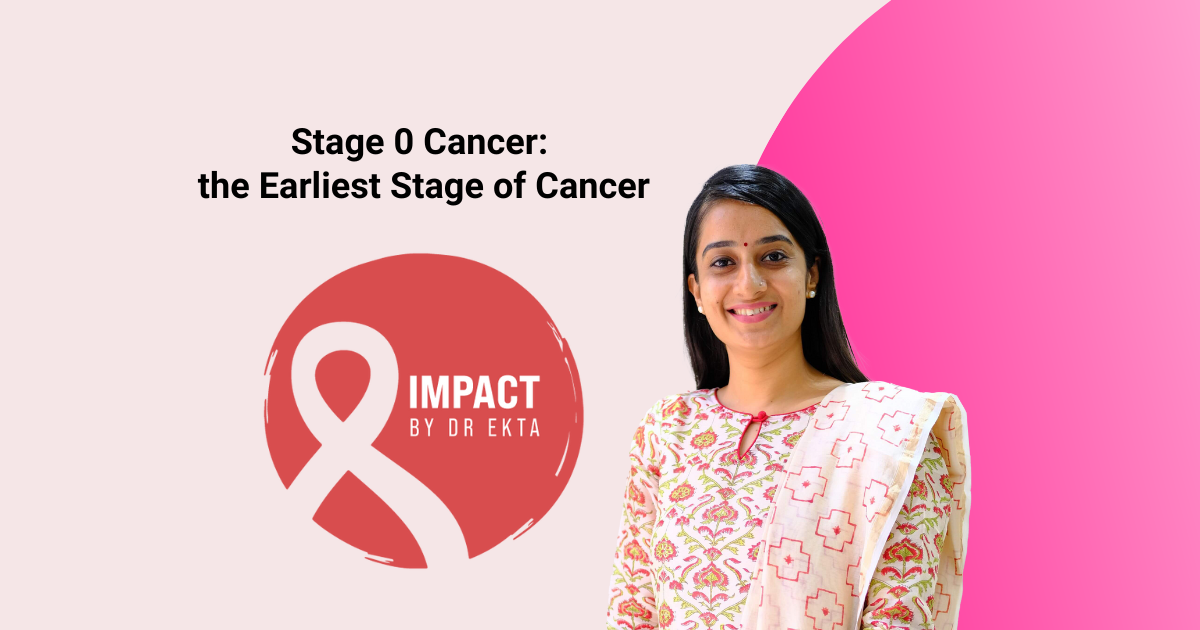When it comes to cancer, early detection can make all the difference. One of the most misunderstood and lesser-known stages is Stage 0 Cancer. Often referred to as carcinoma in situ, Stage 0 is considered the earliest form of cancer, where abnormal cells are present but have not spread to nearby tissue. Knowing more about this stage can help individuals make informed decisions about treatment and monitoring.
What is Stage 0 Cancer?
Stage 0 cancer is not invasive. It means that cancerous or precancerous cells are present, but they haven’t grown beyond the place where they first formed. This stage is also called “in situ,” meaning “in its original place.”
Key characteristics of Stage 0 Cancer:
- The cancer cells are localized and have not invaded neighboring tissues
- It is often found during routine screenings or diagnostic tests
- It is highly treatable and often curable
Common types of Stage 0 Cancer include:
- Ductal carcinoma in situ (DCIS): Common in early-stage breast cancer
- Cervical carcinoma in situ: Detected during a Pap test
- Bladder carcinoma in situ: Found during cystoscopy or urine tests
- Skin cancer in situ (like Bowen’s disease): Confined to the top layer of skin
How is Stage 0 Cancer Diagnosed?
Since Stage 0 Cancer typically doesn’t cause symptoms, it is usually detected through regular screenings.
Diagnostic methods include:
- Pap smear tests: Useful in detecting cervical carcinoma in situ
- Mammography: Helps in identifying DCIS in breast tissue
- Skin biopsy: Confirms early-stage skin cancers
- Cystoscopy and urine cytology: Identifies bladder cancer in situ
- Colonoscopy: May detect early colorectal abnormalities
Early diagnosis is crucial. Learn more in our guide to early cancer detection tests.
Treatment Options for Stage 0 Cancer
Because Stage 0 cancer is localized, treatment aims to remove or destroy the abnormal cells before they spread. The specific treatment depends on the type and location of the cancer.
Common treatment options include:
- Surgery: To remove the affected tissue (e.g., lumpectomy for DCIS)
- Topical therapies: For skin cancers like Bowen’s disease
- Laser therapy or cryotherapy: Especially in bladder or cervical cases
- Radiation therapy: Sometimes used after surgery to reduce recurrence
- Careful monitoring: In some cases, doctors may opt for active surveillance
Long-term outcomes are generally excellent when Stage 0 cancer is treated promptly.
Risks and Concerns of Stage 0 Cancer
Although Stage 0 Cancer is highly treatable, it can still be a source of emotional stress and confusion. Many patients wonder whether immediate treatment is necessary or if a watchful waiting approach is safe.
Common concerns include:
- Whether Stage 0 cancer will become invasive if left untreated
- Potential side effects from surgery or radiation
- Fear of recurrence even after treatment
- Psychological impact of a cancer diagnosis
It’s essential to talk with a cancer specialist or oncologist about the best treatment plan.
Monitoring After Treatment
After Stage 0 cancer treatment, ongoing follow-up care is essential to ensure the abnormal cells do not return or progress.
Follow-up care may include:
- Regular imaging tests or biopsies
- Routine screenings based on cancer type
- Lifestyle changes to support overall health and prevent recurrence
Your doctor will recommend a personalized follow-up plan depending on your specific case.
Prevention and Early Detection
Preventing cancer from progressing to more severe stages often starts with awareness and screening.
Prevention strategies include:
- Regular cancer screenings appropriate to age and gender
- HPV vaccination to reduce risk of cervical cancer
- Avoiding tobacco and excessive alcohol consumption
- Healthy diet and physical activity
- Sun protection to reduce skin cancer risk
For more on reducing your overall risk, visit our blog on how to reduce your risk of cancer.
Questions Patients Frequently Ask
Is Stage 0 cancer really cancer?
- It is considered the earliest stage of cancer. While the abnormal cells haven’t invaded nearby tissue, they have the potential to become invasive.
Do I need surgery for Stage 0 cancer?
- In many cases, surgery is the primary treatment to remove abnormal cells. The need depends on the type and location of the cancer.
What’s the recurrence rate after treatment?
- The recurrence rate is low, but follow-up care is essential to monitor any changes.
Can lifestyle changes help after Stage 0 cancer?
- Yes, healthy lifestyle habits can support recovery and reduce the risk of further issues.
Should I get a second opinion?
- Absolutely. Especially when you’re weighing treatment vs. active surveillance, another medical perspective can help you feel confident in your decision.
Authoritative Sources for Stage 0 Cancer Information
For accurate and updated data, consult these trusted resources:
- National Cancer Institute – Cancer Staging
- American Cancer Society – Understanding Your Diagnosis
- Centers for Disease Control and Prevention – Cancer Prevention
Final Thoughts: Taking Charge of Your Health
Stage 0 Cancer, while early and non-invasive, is still a significant diagnosis. With the right medical support, early intervention, and consistent follow-up, patients have excellent outcomes. Understanding your options, asking questions, and being proactive in your health can lead to better long-term results.
If you have recently been diagnosed with Stage 0 Cancer or want a second opinion, schedule a consultation with our oncology team to explore your treatment options and next steps.
Need guidance & support for cancer? Contact our care team or call us at 08866843843

